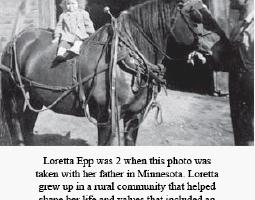Farm Transitions
A recent issue of The Land Stewardship Newsletter (No. 4, 2013) featured articles highlighting a new initiative of the Land Stewardship Project (LSP), the well-established, Minnesota-based “rural revival” effort to keep “land and people together.” The initiative is “farm transitions.” It is designed to counter “current land consolidation trends,” and provides tools to assist farm owners and would-be farmers transition land to the next generation. LSP and the Minnesota Institute for Sustainable Agriculture (MISA) have developed a Farm Transitions Toolkit for this purpose which can be accessed by calling 800-909-6472 or at www.


